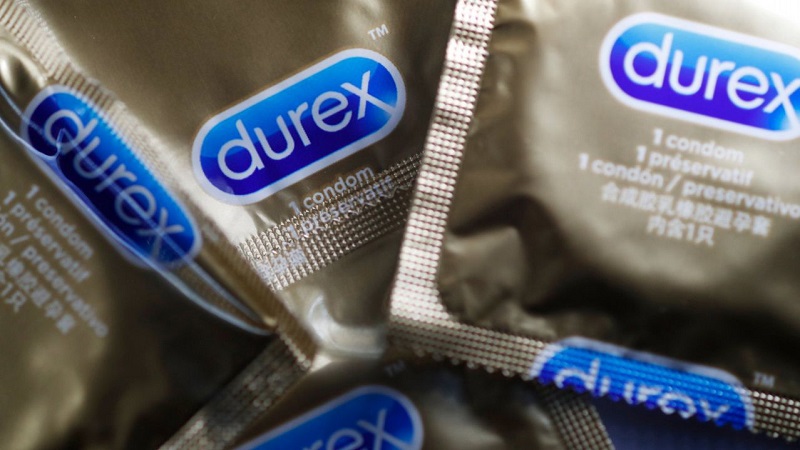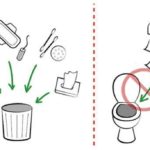Condoms are considered a safe and effective way to prevent both pregnancy and sexually transmitted infections. There are many types of condoms made from different materials, and one notable type is latex condoms, which offer several advantages over other varieties.
Let’s explore what latex condoms are and how they differ from non-latex condoms.
1 What are Latex Condoms?

Latex condoms are primarily made from natural rubber latex. They are known for their softness and flexibility, conforming closely to the penis during intercourse, providing a more natural feeling even with a condom on.
2 Differences Between Latex and Non-Latex Condoms

Latex Condom Material
The production of latex condoms involves using rubber latex, which helps reduce material costs. However, some individuals may experience latex allergies.
Non-latex condoms, on the other hand, are made from materials like polyurethane, polyisoprene, and natural animal membranes. They are a great alternative for those with latex allergies.

Pregnancy Prevention Effectiveness
Latex condoms have a pregnancy prevention rate of 82% to 98%, meaning out of 100 women who consistently use latex condoms, 2 to 18 may become pregnant.
Non-latex condoms, such as the Durex Avanti and Trojan Surr, have been FDA-approved for their superior effectiveness in preventing both pregnancy and the transmission of infections compared to latex condoms.
Precautions

Latex condoms should not be used with oil-based lubricants as they can break down the latex structure and compromise the condom’s integrity.
Non-latex condoms are compatible with oil-based lubricants and do not face the same issues as latex condoms in this regard.
Cost
Latex condoms are typically more affordable.
Non-latex condoms tend to be more expensive than their latex counterparts.
In conclusion, understanding the differences between latex and non-latex condoms is essential for making an informed choice. The information provided above should help you select a condom that suits your needs, ensuring both quality and safety.
You may also be interested in:
Exploring the Benefits and Methods of Family Planning
Family planning is an important tool for not only promoting development and stability, but also for creating stronger and more secure family bonds. In this article, we will explore the key benefits of family planning, as well as providing practical advice for effectively implementing it in one’s family life.



































